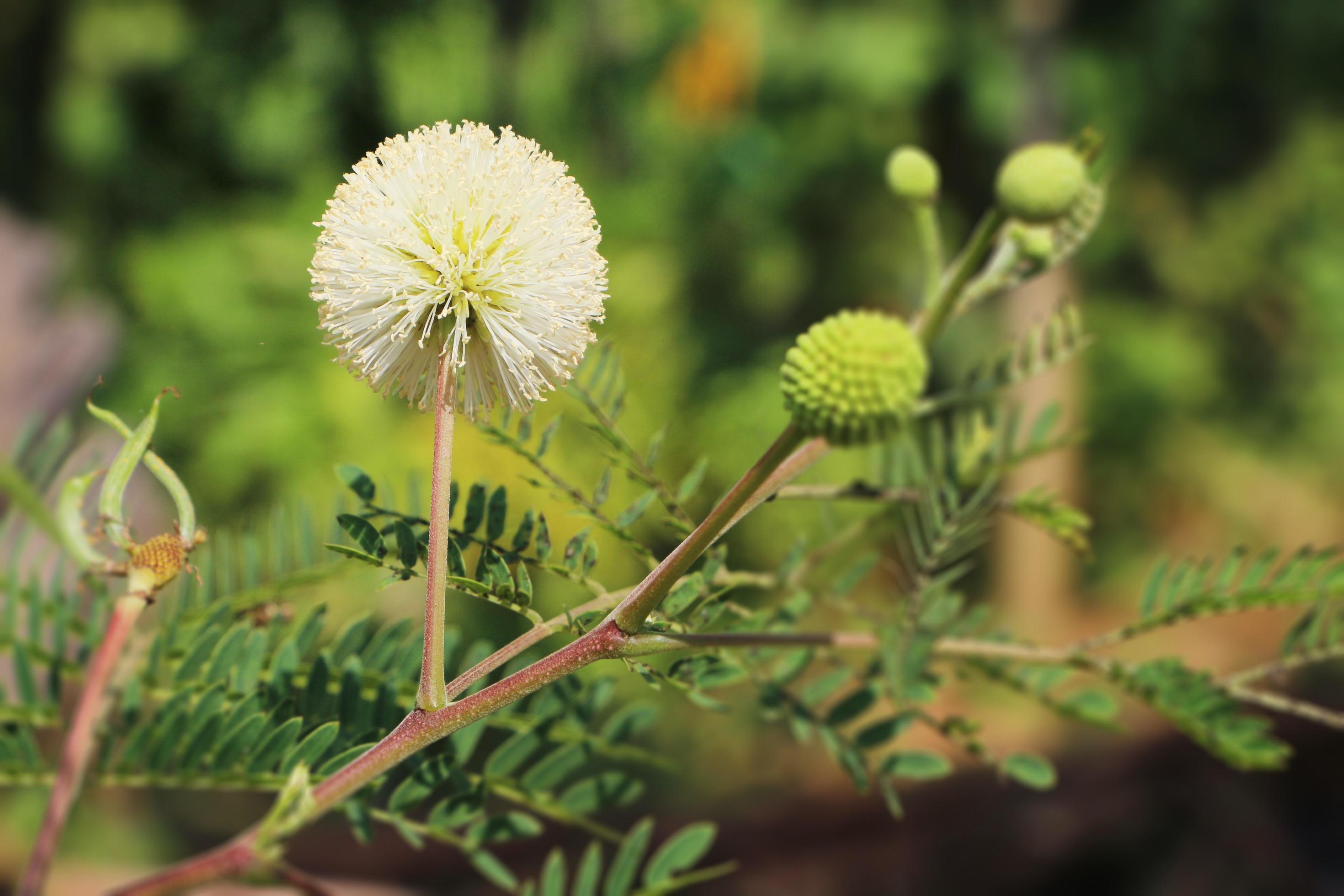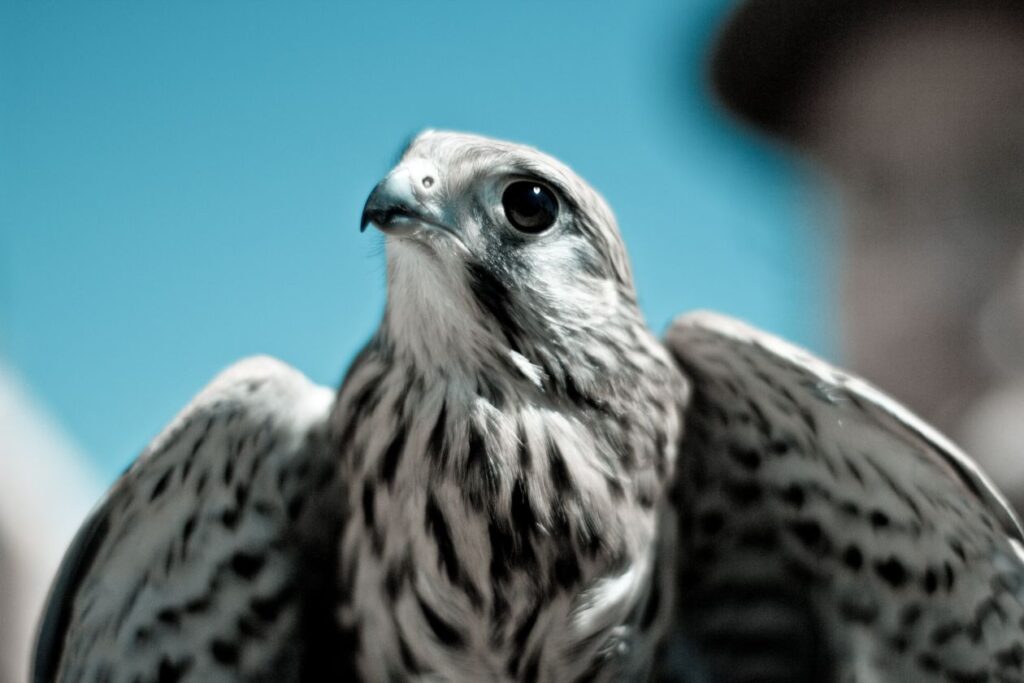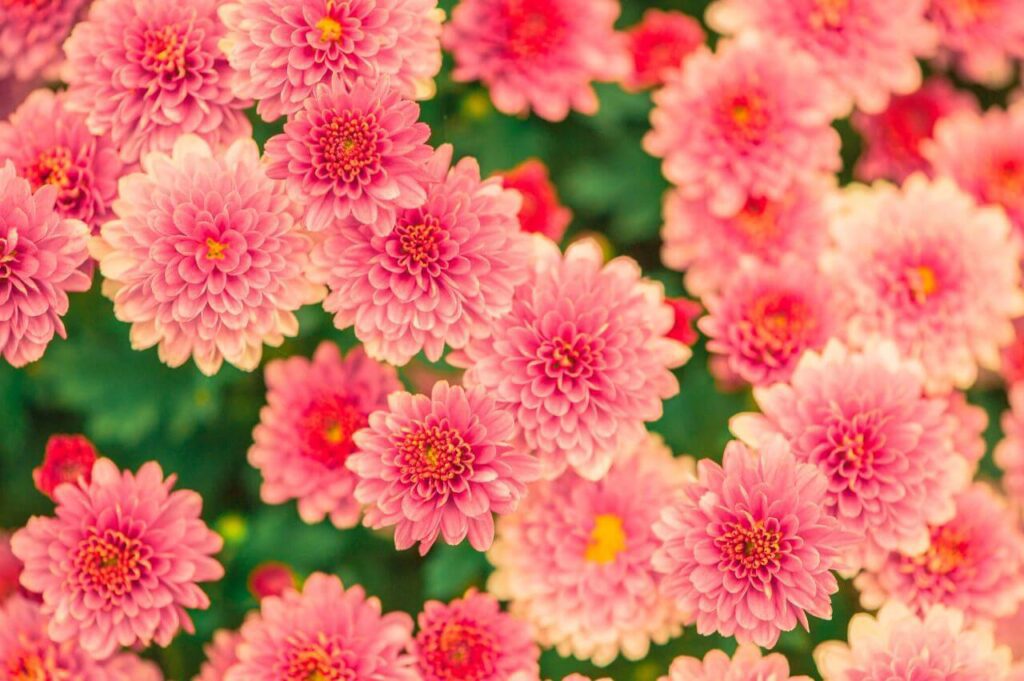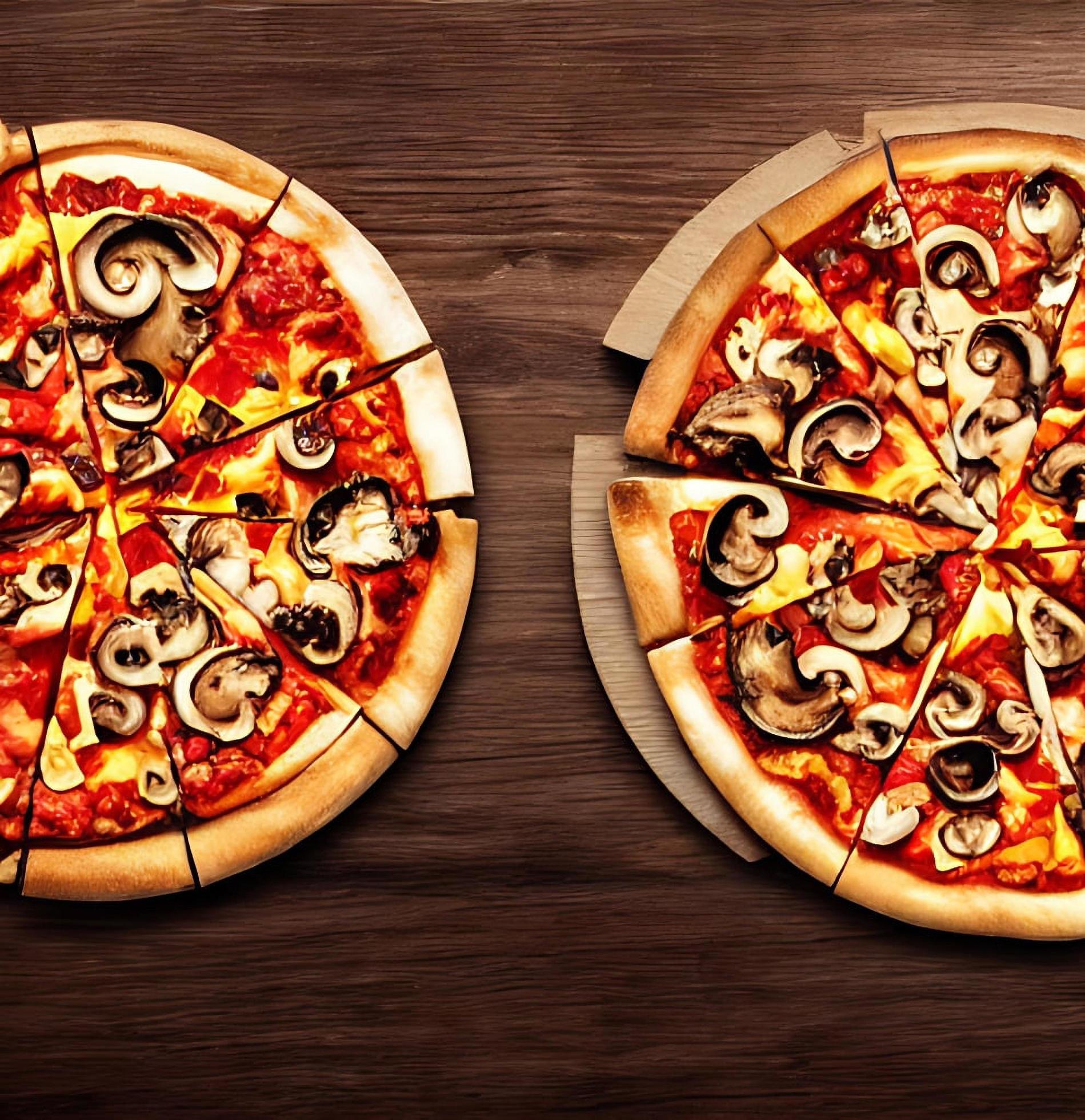In the world of nature, few creatures capture the imagination quite like spiders. These eight-legged arachnids have been around for hundreds of millions of years, evolving into a diverse array of species that play crucial roles in ecosystems across the globe. One of the most fascinating aspects of spiders is their ability to construct intricate and delicate structures, such as spiderwebs and cobwebs, which serve as both traps for prey and shelters for themselves and their offspring. In this article, we will explore the fascinating world of spiders, their remarkable webs, and the importance of these creatures in maintaining the balance of nature.
Spiders belong to the class Arachnida, which also includes other eight-legged creatures like scorpions, mites, and ticks. There are over 48,000 known species of spiders, with new discoveries being made regularly. These creatures come in a variety of shapes, sizes, and colors, but they all share certain common features. Most spiders have eight eyes, two main claws, and specialized silk glands that produce silk for web construction.
One of the most iconic images in the animal kingdom is that of a spider suspended from its web, waiting for an unsuspecting insect to blunder into its carefully crafted trap. Spiderwebs and cobwebs are made from a protein-based silk that is incredibly strong, lightweight, and elastic. This silk is produced by the spider’s spinnerets, which are located at the end of its abdomen. The spider then uses its legs to weave the silk into intricate patterns, creating a network of strands that form the web or cobweb.
Spiderwebs are typically more complex and well-organized than cobwebs, as they are designed to capture prey. These webs can take on various forms, such as the classic orb web, the sheet web, or the funnel web. Each type of web is designed to suit the specific needs and hunting strategies of the spider species that uses it. For example, orb-weaving spiders like the famous golden orb-weaver (Nephila clavipes) construct circular webs that radiate with sticky silk threads, allowing them to catch flying insects in midair.
Cobwebs, on the other hand, are typically less intricate and more disorganized than spiderwebs. They are often used as shelters or retreats by spiders, providing a safe place for them to rest and lay their eggs. Cobwebs are usually made from older, less elastic silk, which is why they tend to be more brittle and less effective as traps for prey.
Spiders are not the only creatures that use silk to build structures. Other arachnids, such as the giant water spider (Dipluridae), also produce silk for web construction. However, spiders are by far the most diverse and widespread group of silk-producing arachnids.
In addition to their remarkable webs, spiders play a crucial role in maintaining the balance of nature. They are predators that help control populations of insects, which can be harmful to plants and other organisms. By preying on insects, spiders help prevent outbreaks of pests that could damage ecosystems and agricultural crops. Furthermore, spiders serve as a food source for other animals, such as birds, bats, and amphibians, contributing to the overall food chain.
In conclusion, spiders and their webs are fascinating examples of the incredible diversity and adaptability of life on Earth. These eight-legged arachnids have evolved a wide range of strategies for capturing prey and protecting themselves from predators, all of which are made possible by their remarkable silk-spinning abilities. By understanding the importance of spiders in our ecosystems, we can appreciate the vital role they play in maintaining the balance of nature and preserving the health of our planet.







































